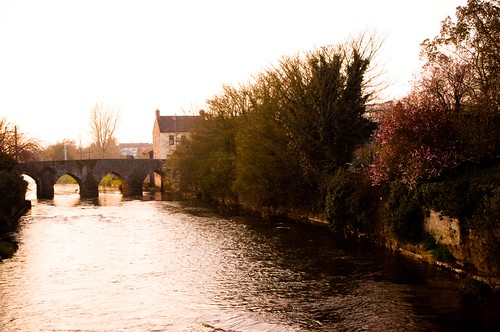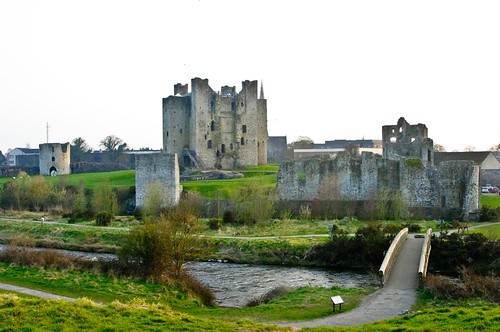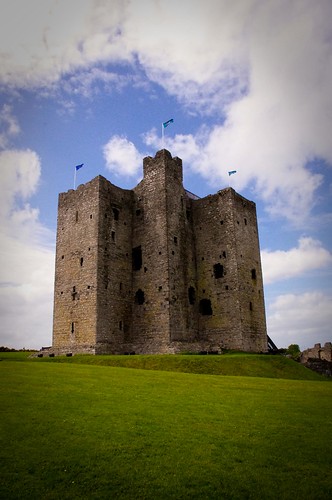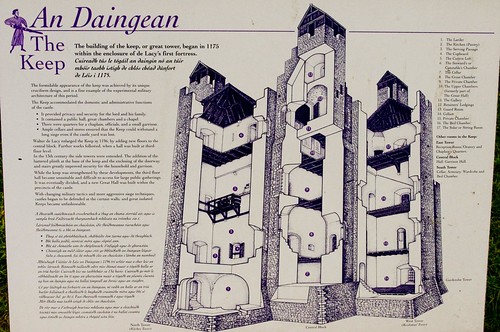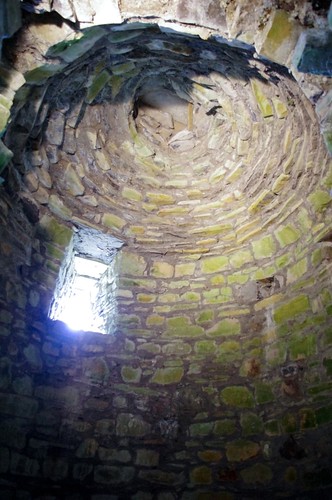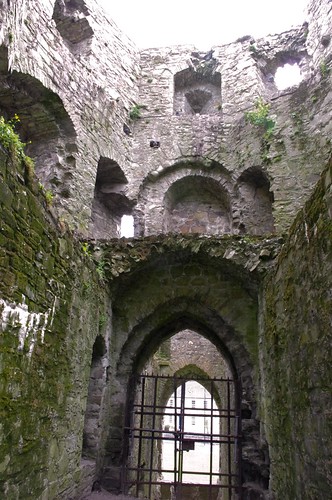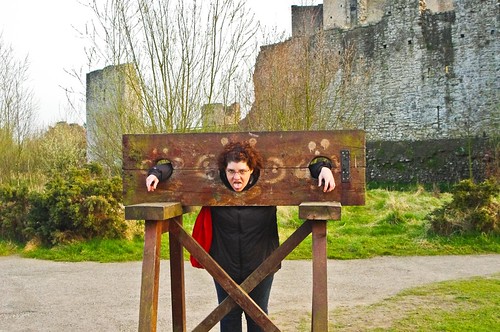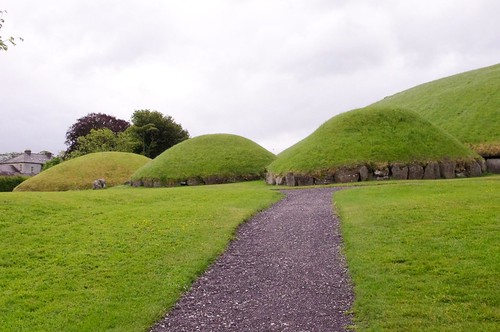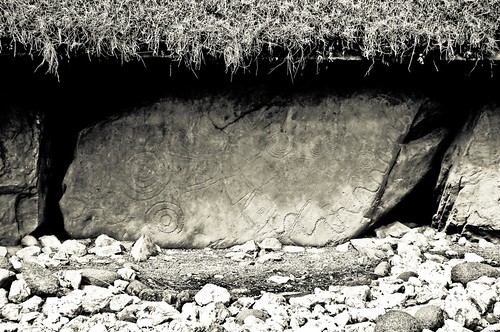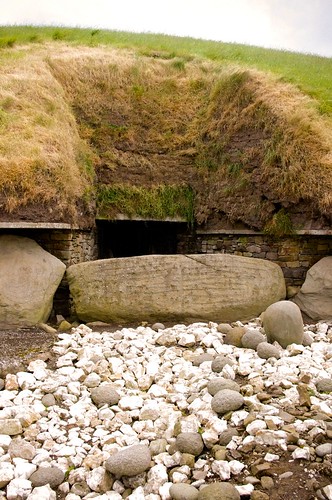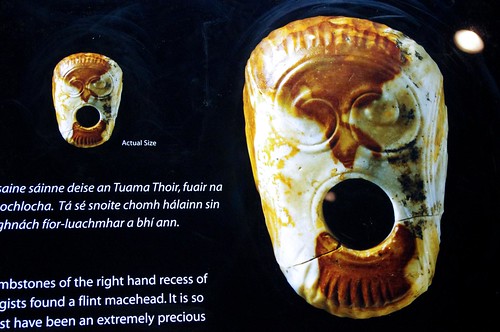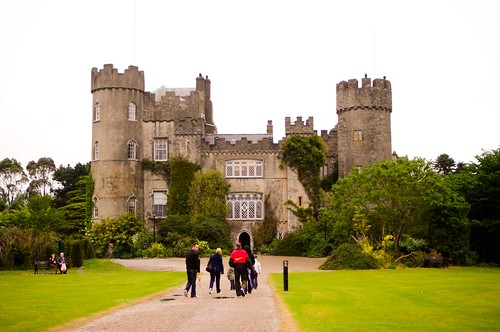
Malahide Castle is one of the oldest and most historic castles on the East Coast of Ireland, just North of Dublin. From 1185 until 1975, (Nearly 800 years) it was the home of the Talbot family – with only one short exception – the period from 1649-1660, when Oliver Cromwell granted it to Miles Corbet after the Cromwellian conquest of Ireland. (Miles Corbet was later hanged and the home restored to the Talbot family.)
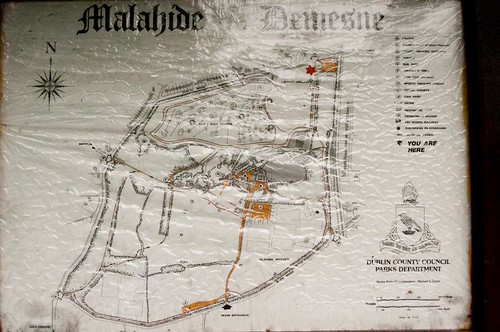
In 1169, at the time of the Anglo-Norman invasion, Malahide township was under the control of Hammund Mac Turkill, the last Viking King of Dublin. As the Normans gained land under Henry II starting in 1174, they were granted out to English noblemen. The actual estate began in 1185, when Richard Talbot, a knight who accompanied England’s King, Henry II to Ireland in 1174, was granted the “lands and harbour of Malahide” (something like 600 acres). Strongbow (I seriously love this guy’s name) was granted the remainder of Leinster county.
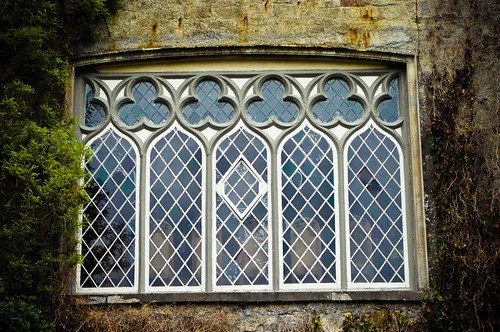
The oldest parts of the castle date back to the 12th century, including the current cafe area and a circular staircase which led to the original 13th century keep. Starting during Edward the IV, the building was added on to. In the 1640’s, under Cromwell, the building itself, old moats, and walls started falling into disrepair as they were filled in and/or harvested for stone building projects. In 1700, the Talbots worked to restore the building to live-able condition, tearing down the fortifications – and vowing that never again should the castle be held by “userpers”. In the place of the fortifications, they planted evergreens on the grounds and started the botanical gardens. The round towers also added in 1765, and several of the windows (including the ones in the great hall) were enlarged. In the years between 1765 and 1782, there was a fire which damaged the west wing of the castle. During the restoration, drawing rooms were added and alternations to the bedrooms (raising ceilings / floors) were made.
One feature on the inside (no pictures allowed inside during the internal tour) is a beautiful Oak Room with carved 16th century wood paneled walls and fireplace. The carvings are all out of the bible, and it is known as one of the best examples of this type of carving in Ireland. The Oak Room itself was expanded in 1820 when the entrance porch was added.
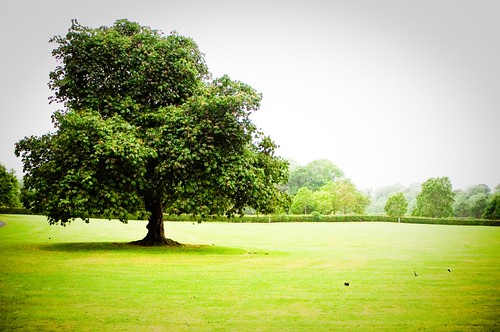
Today, the castle and gardens encompass some 260 acres of parkland (which consist of wooded areas, cricket greens, soccer fields, a golf course, numerous hiking trails, tennis courts, etc.) and the Talbot Botanic Gardens. The Demense as the parkland is known, is one of the few surviving examples of 18th century landscaped parks, and the Botanic Gardens are known for their many plants from the southern hemisphere and the Victorian conservatory. The castle and grounds can easily be seen in a day trip from Dublin (as is evidenced by me taking my mom while she was visiting) and offers a good day out in good or bad weather. (I recommend trying the food at the cafe inside the castle – delicious!)
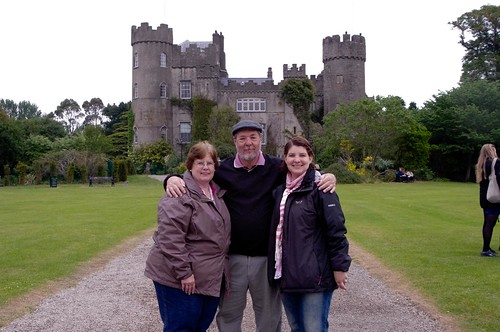
For more information, please see the Malahide Castle Website at:

